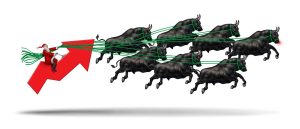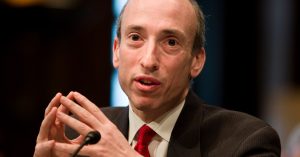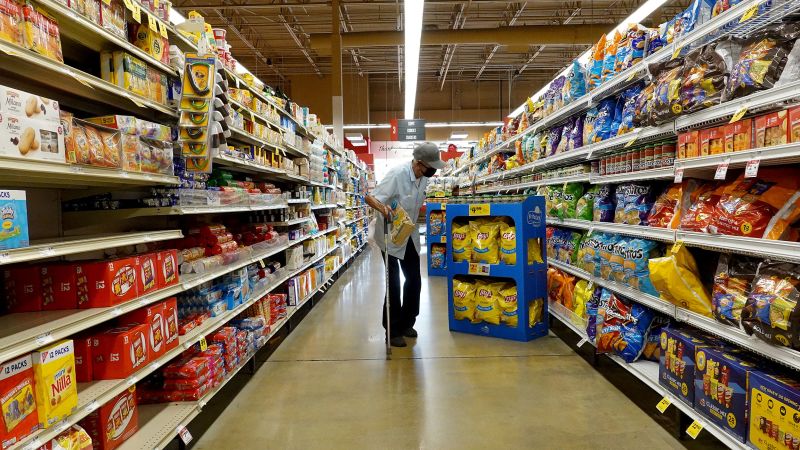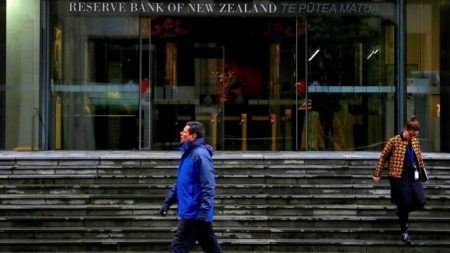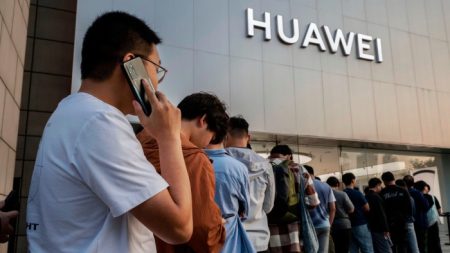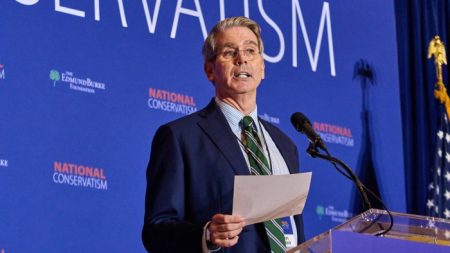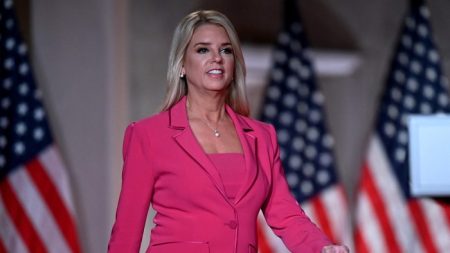Consumer sentiment plunged to the lowest level in six months as price increases reaccelerated, according to the latest University of Michigan survey of consumers, released Friday.
Additionally, consumers are bracing for even higher price increases in the year ahead compared to readings from prior months, the survey found.
The gauge, which is closely tracked by the Biden administration, plunged 13% from April’s 77.2% reading, to 67.4%. That’s the biggest one-month drop since mid-2021. Economists polled by FactSet were expecting consumer expectations to fall to just 76.9%. However, the latest reading is still better than last May, when inflation was running at 4%, versus the latest reading of 3.5%.
Even though inflation is lower compared to a year ago, it’s been moving in the wrong direction recently, shifting expectations for a rate cut from the Federal Reserve to the back burner.
Perhaps the most daunting piece of the report for the Fed was year-ahead inflation expectations rising to 3.5% from 3.2% in April, even further away from the central bank’s 2% target. Long-run inflation expectations also rose, to 3.1% from 3.0% in April.
Since inflation expectations can effectively control the pace of price hikes, businesses take those expectations into account when pricing goods and services.
The survey suggests that the recent optimism consumers had about the state of the economy is waning. Beyond inflation, they’re also concerned about higher rates of unemployment, Joanne Hsu, the university’s Surveys of Consumers director, said in a release.
Bill Adams, chief economist at Comerica Bank, found the survey particularly troubling since, in his view, “there’s no single smoking gun explaining why consumers were more downbeat.”
Concerns about avian bird flu, which is driving up the price of chicken and beef, could partially explain the soured mood, he said. But there are also anxieties about geopolitical tensions in the Middle East, immigration and recent stock market declines.
“Another potential issue is the end of tax season. Many Americans were likely surprised by higher tax bills this year after big gains in the stock market in 2023 and higher interest income from bank deposits and bonds last year,” Adams said in a note Friday.
The economy right now is performing very well by historical standards. For instance, the nation’s unemployment rate has stayed below 4% for over two years, the longest such streak since the late 1960s.
But it’s tomorrow’s economy that’s worrying people even more than usual lately.
The Michigan survey, as well as the most recent Conference Board survey on consumers’ attitudes toward the economy, underpin heightened uncertainty about the latter half of this year, Jeffrey Roach, chief economist at LPL Financial, said in a Friday note.
In particular, “uncertainty about the inflation path could suppress consumer spending in the coming months,” Roach said, adding that he sees a rising risk of stagflation — when inflation rises while economic growth slows. Federal Reserve Chair Jerome Powell, however, said he is not worried in the least. He told reporters last week that he doesn’t see “the stag or the ‘flation.”
Consumers are expecting mortgage rates to continue climbing and are indefinitely putting off purchasing a home, according to a New Fed survey released earlier this week. Renting is also far from a bargain these days. Consumers are gearing up for even bigger increases compared to the expected rise in mortgage rates over the next year, the survey found.
Additionally, in many parts of the country, the pace of rent increases is eroding recent wage gains.
Another worrying sign is the rising rate of consumers becoming delinquent on expenses such as auto loans, credit card bills and rent. The New York Fed will release new data on household borrowing and indebtedness on Tuesday at 11 am ET.
Read the full article here

